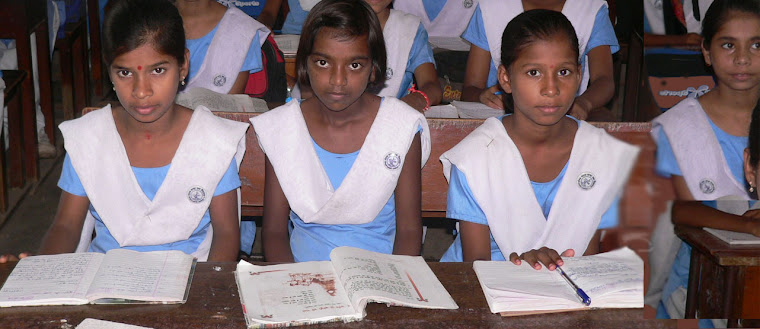Literacy Pledge: For every copy of this book sold in United States, Canada or Europe; we will donate a textbook to a child in need!
--------------------------------------------------------------------------------
About the book:
Behind Amazon's quirky smile logo lurks a cold and calculating giant machine. Author Kalpanik S. reveals his own smile as he tells the somewhat quirky story of his complex, and often hilarious, relationship with Amazon. From the sophisticated wit in his portrayal of the courtship period in "How To Get Hired By Amazon In Ten Days", to the dark humor of the disillusionment period in "The Cold, Calculating Machine", Kalpanik's story is more than just an insider's view of the giant machine known as Amazon.com. It's a modern, universal story of the uneasy relationship between an individual and today's gargantuan corporations. In the end, it is also a story of redemption for creative and freethinking individuals that define America.
Print Edition in US:
http://www.amazon.com/dp/1456555359/?tag=literacy-pledge-20
Kindle Edition:
http://www.amazon.com/dp/B004RJ42JA/?tag=literacy-pledge-20
Current State of Illiteracy and its Impact on Poor Children
(Kalpanik S.)
“More than 796 million of the world’s adults or one in five adults don’t know how to read or write, while 67.4 million children are out of school”
------- UNESCO Adult and Youth Literacy Report 2011
The United Nations defines illiteracy as the inability to read and write a simple message in any language. While the number of illiterate persons has fallen over the past decade, the UN predicts that the world illiteracy would increase in the 21st century as merely a quarter of the world’s children were in school by the end of the 20th century.
The highest illiteracy rates are found in the less developed countries of Africa, Asia and South America. The adult literacy rate is the lowest in Saharan Africa (63%) followed by Southern Asia (62%). Over two-thirds of the illiterate people are in countries such as Bangladesh, China, Egypt, Ethiopia, India, Indonesia, Nepal, Nigeria and Pakistan.
It is also evident that extremely lower literacy rates are concentrated in South Asia. According to UNESCO, around 412 million people in Southern Asia are unable to read and write. The gender disparity is also the greatest in Southern Asia where 73% of all men but only 51% of women are able to read and write. Staggering numbers indicate that India alone constitutes 440 million illiterate citizens. The UNESCO puts this plight of illiteracy in South Asia in simple words when it states that, “The region of South and West Asia is home to more than one-half of the global illiterate”.
Impact of Illiteracy on Poor Children
Illiteracy is a vicious circle that snares the entire family. Parents and other adults who are unable to read or write miss out an opportunity to socialize and are hence depressed. This in turn results into lower self-esteem, which inadvertently passes on to young children. In a survey conducted by UNICEF from over 35 recent households covering most regions of the world, it was found out that children of uneducated mothers are more than twice as likely to be malnourished or die as compared with children of mothers with at least secondary or higher-level education. Out of the 35 households that UNICEF surveyed, majority of them were from Africa and South Asian countries such as Bangladesh, India, Nepal and Pakistan and the others. In addition, lack of literacy, also leads to deterioration in health of children. Due to lack of sex education, lethal diseases such as HIV/AIDS and other STDs are profound in a majority of poor and young adult children in the South Asian countries. This is evident from the fact that a large number of people in South Asian countries are infected by HIV/AIDS mostly of whom are young poor children especially girls who are completely deprived of any kind of education.
Illiteracy among adults in many developing countries has been one of the primary causes of various socio-economic problems prevailing in these countries. For instance, illiterate people are unable to get proper employment, which in turn affects their ability to provide proper education to their children. Furthermore, due to lack of employment opportunities, these people are unable to feed their children properly and hence the children fall prey to various diseases such as malnutrition and are not fit enough to pursue any kind of education.
In some developing countries such as India, Pakistan and Nepal, lack of education and understanding of basic knowledge about what is right and wrong, and a desire to douse the hunger compels many poor children especially males to take the path of crime and forces them to embrace anti-social activities such as drug peddling, terrorism and others disruptive activities.
Combating illiteracy and improving living conditions of poor children
“The cost of educating children is far outweighed by the cost of not educating them”
